
Viewing the 2016 Perseids
The best night for viewing the Perseids will the morning of August 12th. This year rates could be up to twice as high compared to a normal Perseid display!

The best night for viewing the Perseids will the morning of August 12th. This year rates could be up to twice as high compared to a normal Perseid display!

For morning observers the estimated total hourly rates should be near 25 for observers located in the northern hemisphere and 27 for observers located in tropical southern locations (25S).

For morning observers the estimated total hourly rates should be near 17 for observers located in the northern hemisphere and 19 for observers located in tropical southern locations (25S). Morning rates are reduced this week due to moonlight.

For morning observers the estimated total hourly rates should be near 16 for those located at mid-northern latitudes and 13 for observers located in tropical southern locations .
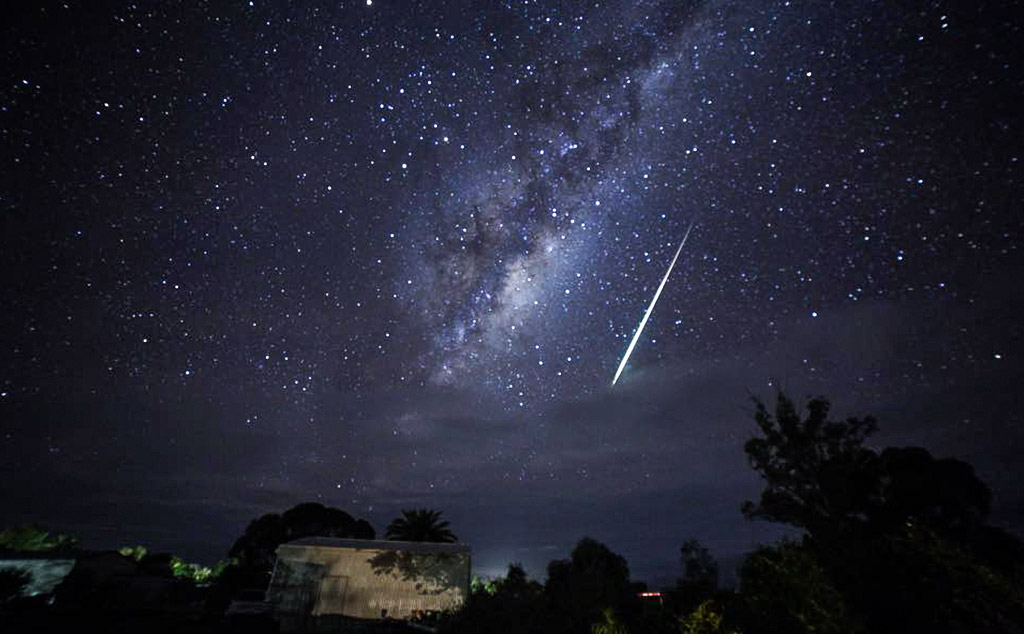
The first members of the famous Perseid (PER) meteor shower should begin to appear this week. For morning observers the estimated total hourly rates should be near 16 no matter your location.

For morning observers the estimated total hourly rates should be near 11 meteors as seen from mid-northern latitudes (45N) and 12 as seen from tropical southern locations (25S).
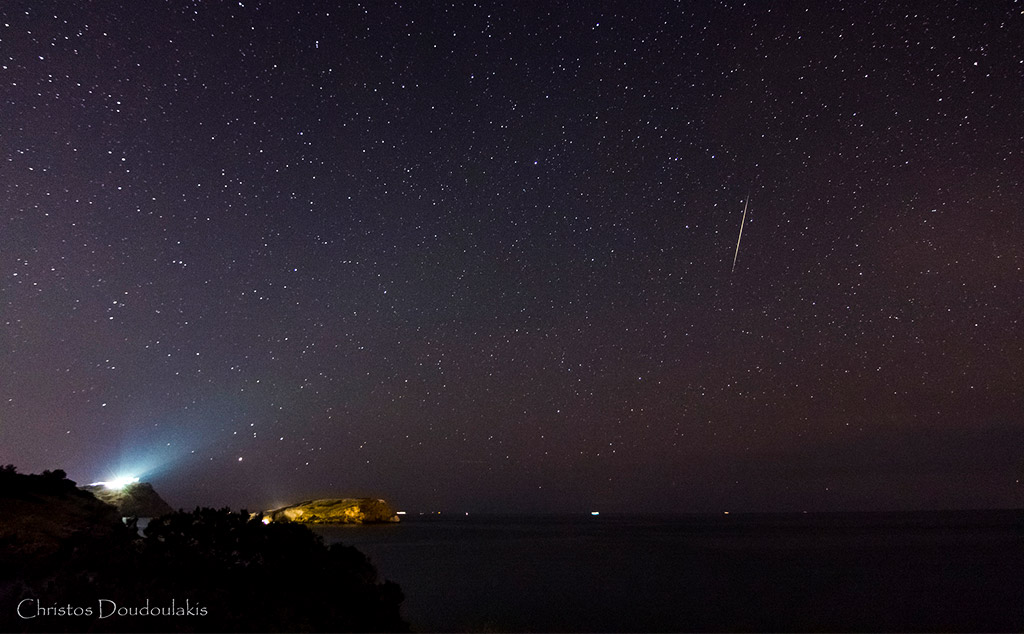
For morning observers the estimated total hourly rates should be near 9 as seen from mid-northern latitudes (45N) and 12 as seen from tropical southern locations (25S). Morning rates are reduced during this period due to interfering moonlight.

For morning observers the estimated total hourly rates should be near 4 as seen from mid-northern latitudes (45N) and 6 as seen from tropical southern locations (25S). Rates are reduced during this period due to interfering moonlight.
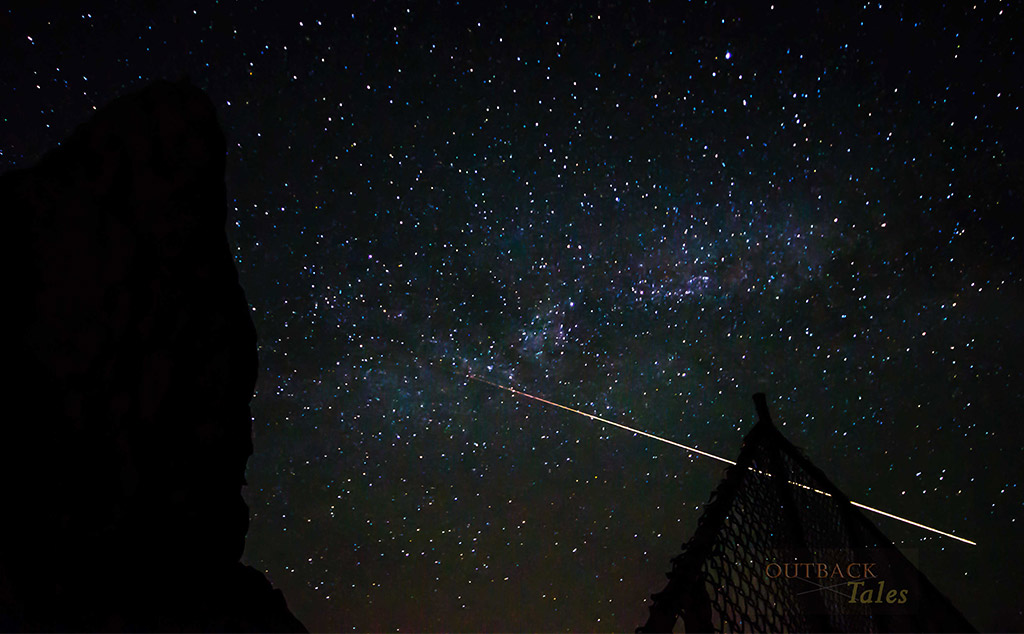
For morning observers the estimated total hourly rates for this period should be near 8 as seen from mid-northern latitudes (45N) and 12 as seen from tropical southern locations (25S).

For morning observers the estimated total hourly rates should be near 9 as seen from mid-northern latitudes (45N) and 12 as seen from tropical southern locations (25S). The actual rates will also depend on factors such as personal light...

Another slow week for meteors: for morning observers the estimated total hourly rates should be near 6 as seen from mid-northern latitudes (45N) and 11 as seen from tropical southern locations (25S).

During this period the moon reaches its full phase on Saturday May 21st. This is the worst time to try and view meteor activity as the glare from the moon will obscure all but the brightest meteors :(

For morning observers the estimated total hourly meteor rates should be near 8 as seen from mid-northern latitudes (45N) and 15 as seen from tropical southern locations (25S).

For morning observers the estimated total hourly rates for this week should be near 15 as seen from mid-northern latitudes (45N) and 25 as seen from tropical southern locations (25S).

Frederic Edwin Church, Meteor of 1860, 1860 – Courtesy of Judith Filenbaum Hernstadt Radiant Positions at 9pm Local Daylight Saving…
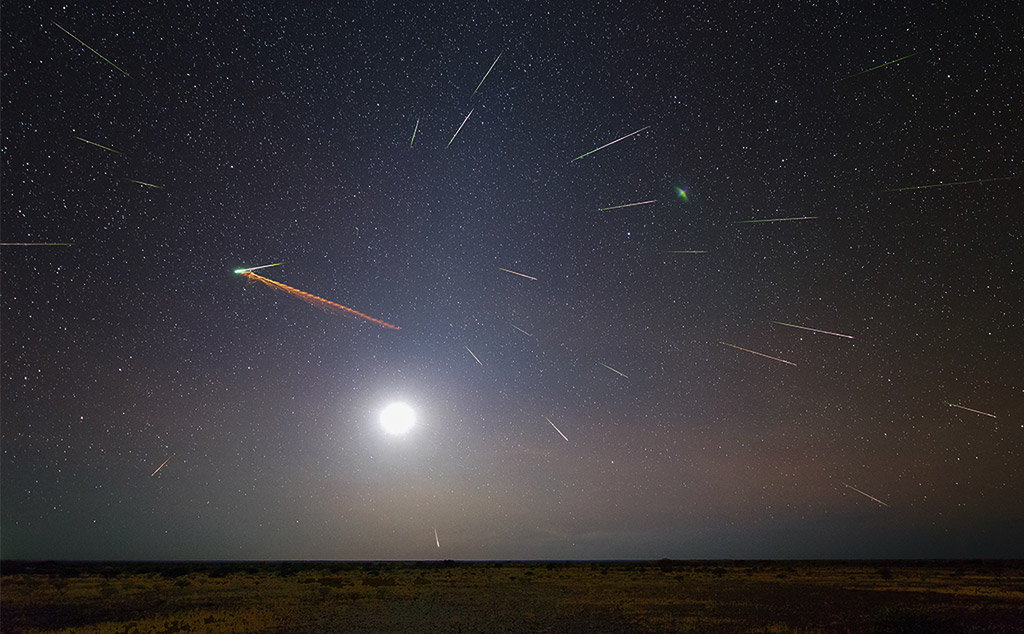
The Eta Aquariids (ETA) are active between April 19 and May 28. The strongest activity is usually seen near May 7, when rates can reach 25-30 meteors per hour as seen from the tropical areas of the Earth.
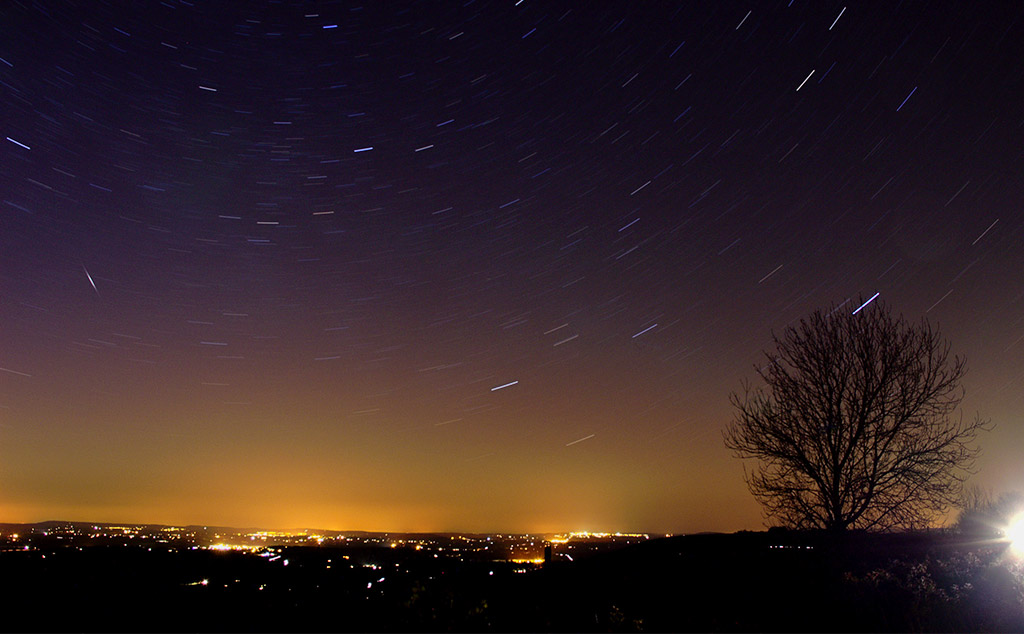
Star Trails and Lyrid Meteor over UK – © Rob Payne 2014 During this period the moon wanes from its…

Lyrid meteors should begin appearing on April 18th and will reach maximum activity 4 nights later. Rates at maximum are normally 10-15 per hour but the full moon will severely reduce this number.

For morning observers the estimated total hourly rates for this week should be near 8 as seen from mid-northern latitudes (45N) and 11 as seen from tropical southern locations (25S).

Meteor activity picks up a bit during April as the Lyrids become active during the month. They are active from the 18th through the 25th, with a pronounced maximum on the 22nd...

The estimated total hourly meteor rates for evening observers this week is near 3 for observers located in the northern hemisphere and 4 for observers located south of the equator. For morning observers the estimated total hourly rates should be near 5 as seen from mid-northern latitudes (45N) and 7 as seen from tropical southern locations (25S).